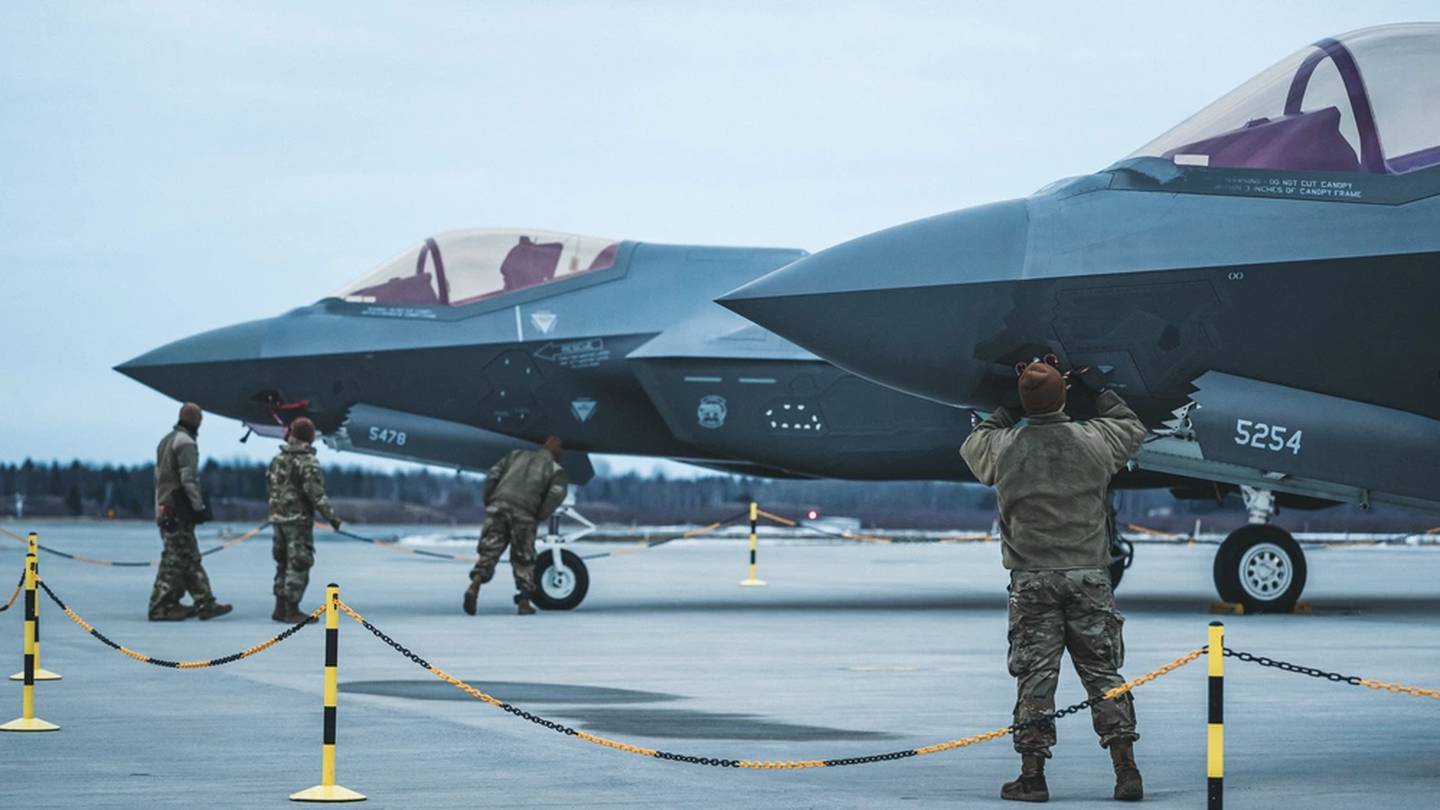HILL AIR FORCE BASE, Utah — America’s most advanced fighter jet is in its element over Eastern Europe.
As Russia launched its offensive in Ukraine in February 2022, NATO’s eastern flank became an ideal proving ground for the F-35 Lightning II, officials with the 388th Fighter Wing here told Air Force Times during a recent visit.
Members of the active duty 388th FW and the Air Force Reserve’s 419th Fighter Wing became the first American F-35A units to arrive in support of NATO amid the opening volleys of the Russo-Ukrainian War last year. They deployed to Germany’s Spangdahlem Air Base from February to May 2022.
Their mission: Vacuum up as much electronic data as possible from the surface-to-air missiles and aircraft dotting Eastern Europe to build a map to guide NATO operations. And, if the situation spilled into NATO countries, to add some muscle.
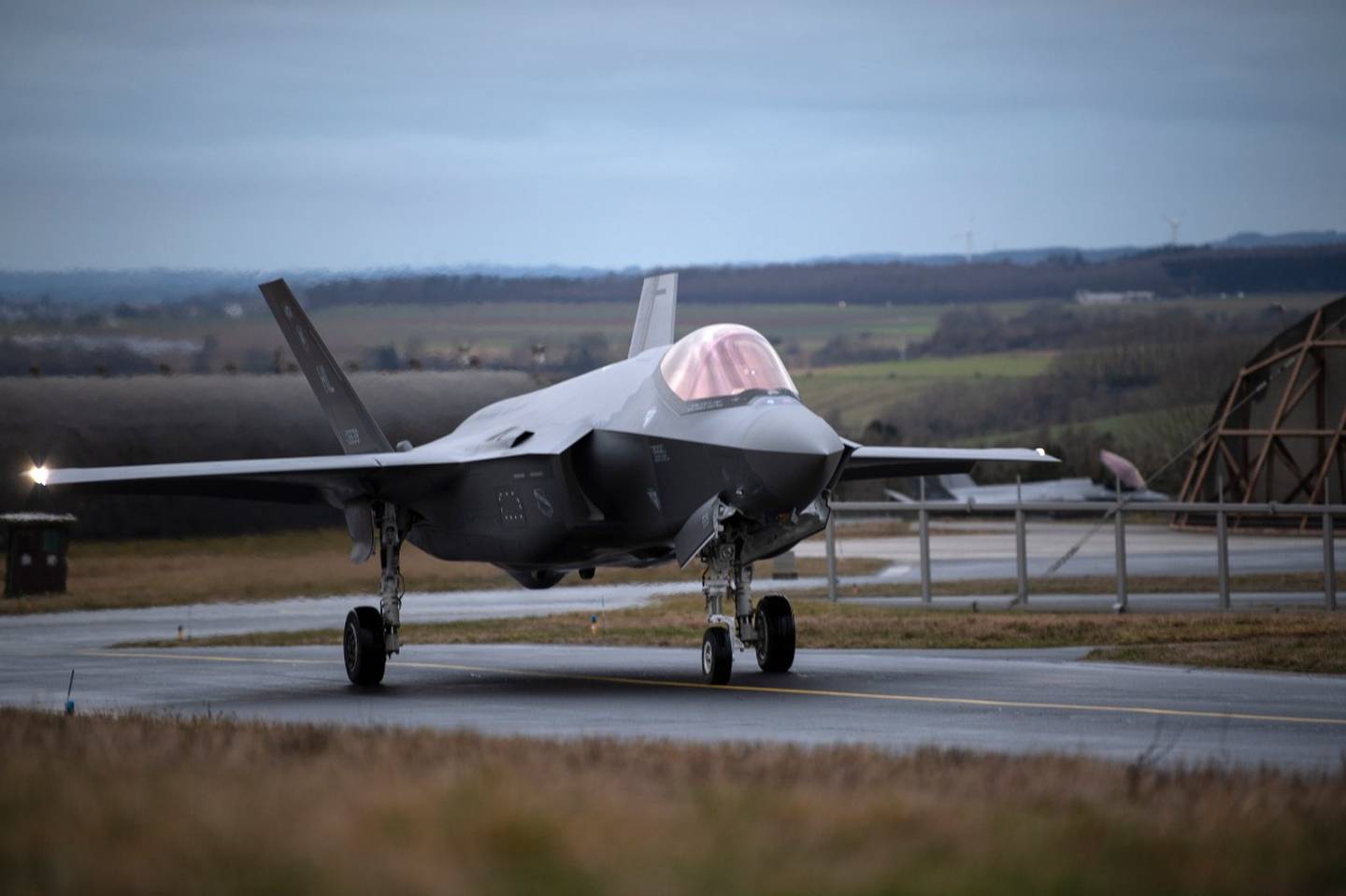
“We weren’t crossing the border. We’re not shooting anything or dropping anything,” said 388th Fighter Wing Commander Col. Craig Andrle in a March 20 interview here. “But the jet is always sensing, gathering information. And it was doing that very, very well.”
The mission gave the Air Force a chance to hone its new short-notice approach to deployments. It also illustrated advances in the F-35′s ability to communicate with the joint force and quickly adjust to unrecognized threats. And it offered new insight into what the jets are still missing, as the military warns of future fights with Russia or China.
The 34th Fighter Squadron began awaiting a potential deployment to Europe in October 2021 — their first time leaving home as part of an “immediate response force” that can dispatch units within a week.
Under the new force-generation model, squadrons are supposed to move through four six-month phases: resetting from their most recent travel; training locally as a unit; participating in larger exercises; and going on alert. That approach aims to give units enough time to rest, train and maintain their jets between deployments.
When that final window of peak readiness opens, Andrle said, “We could get a phone call and leave in a matter of days — to an unknown location, for an indeterminate amount of time.”

Waiting for the go signal
So, airmen practiced. And they waited.
The 388th Fighter Wing picked jets that could fly for at least three months without major repairs. Airmen readied their combat gear and practiced wearing gas masks. They got their medical paperwork in order, studied European rules of engagement, learned about the airfields they might use.
By mid-February, Russia had amassed more than 130,000 troops along the Ukrainian border. Hill’s intelligence team kept the fighter wings updated on the latest predictions for war.
On Friday, Feb. 11, 2022, the 34th Fighter Squadron received its initial warning call. An official go-ahead the next day, Feb. 12, set their plans in motion.
On Sunday, as Super Bowl LVI blared from a television at the squadron bar, airmen plotted the 5,100-mile trek to Germany. The next day — Valentine’s Day — F-35 pilots said goodbye to loved ones and began to deploy. By Wednesday, Feb. 16, the 34th Fighter Squadron was gone.
It was the first deployment for many pilots in the 388th and 419th Fighter Wings, which also sent maintainers and other support staff. And it was the first time their families didn’t have the stability of an assured six-month deployment on the calendar.
Local leaders and about a dozen spouses gathered on a golf course in the middle of the night to watch the jets leave for Germany, 388th Operations Group Commander Col. Brad Bashore recalled.
“Half of those are probably [seeing] the first time their significant other has ever deployed,” he said. “[There] was a finality to all the preparation. … It was emotional, but at the same time, they were all together as a family.”
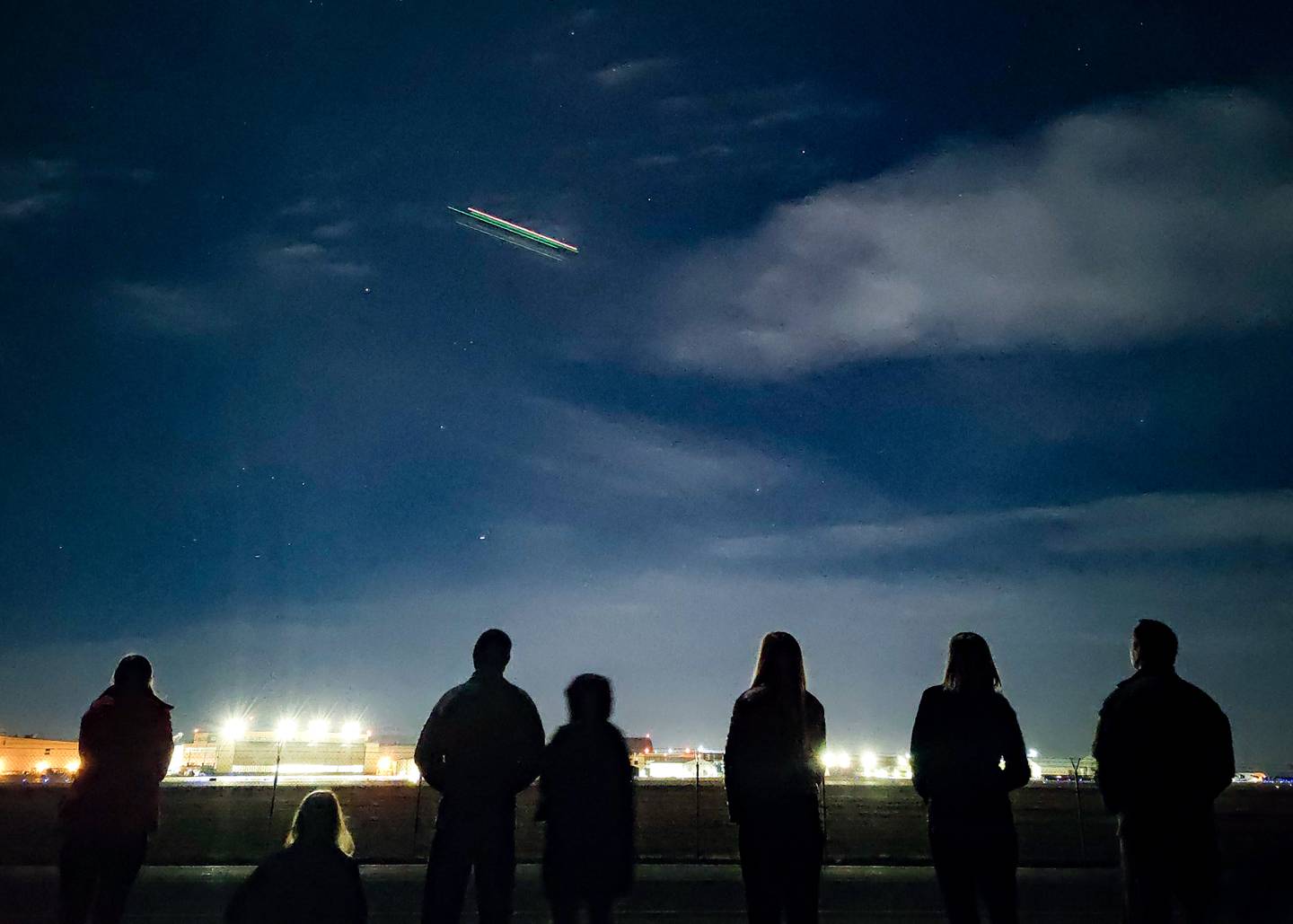
Twelve jets and around 300 airmen arrived at Spangdahlem on Feb. 16, 2022. Russia’s assault on Ukraine began eight days later and has since become one of Europe’s bloodiest conflicts since World War II.
F-35s are designed to block and destroy air defenses that could down allied aircraft, paving the way for other aircraft to enter enemy territory. They also soak up electronic emissions from nearby radars to compile a picture of friendly and unfriendly forces in the area.
Airmen saw those threats in Ukraine and Kaliningrad, the Russian province wedged between Lithuania and Poland, Andrle said. The F-35s were able to locate and identify surface-to-air missile sites and pass that information to the rest of the coalition.
“We had all hoped it was going to work like it’s supposed to, but then to see it actually perform very, very well in that role was great,” Andrle said.
Airmen hopscotched from Spangdahlem to Estonia’s Amari Air Base, Lithuania’s Siauliai Air Base and Romania’s Fetesti Air Base, U.S. Air Forces in Europe said in a press release.
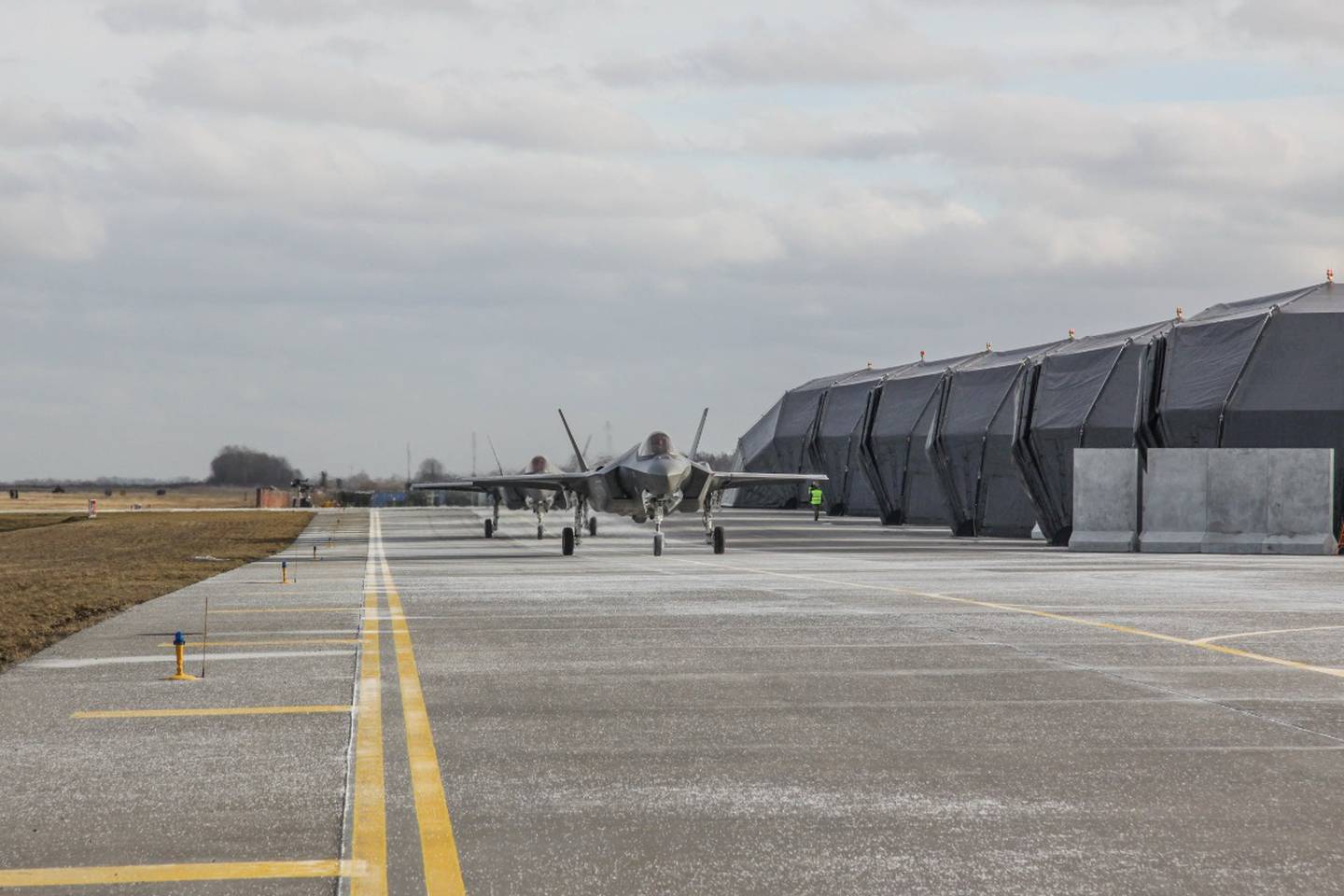
The jet didn’t always recognize objects around it, since assets like air defense systems have digital ways of evading notice.
For instance, Andrle said: “We’re looking at an Sa-20 [NATO’s name for the S-300 surface-to-air missile system]. I know it’s an Sa-20. Intel says there’s an Sa-20 there, but now my jet doesn’t ID it as such, because that Sa-20 is operating, potentially, in a war reserve mode that we haven’t seen before.”
But the F-35 flagged the object for troops who updated and re-uploaded the data into the jet. After that, NATO aircraft knew what they were looking at and how to geolocate it. That makes it harder to take NATO by surprise.
“We don’t have a ton of weapons where we can decimate the entire space,” Bashore said of the F-35. It’s the quarterback: “We’re sharing data and making sure that everybody has awareness — surface-to-air and air-to-air — of what’s out there in the environment.”
Even as Russian troops laid siege to Ukrainian cities next door, Bashore said Hill airmen didn’t see anything provocative during their air policing flights in Eastern Europe. U.S. forces passed Belarussian fighter jets friendly to Moscow, and the military buildup in Kaliningrad.
“They’re doing the same thing that we’re doing,” Bashore said. “We just looked at each other. … No direct interaction and nothing that was unprofessional on either side.”
Taking stock
The airmen returned to Hill in early May 2022. They’ve since tried to build on the lessons they learned overseas.
“It was the first time that we had rapidly deployed on the [immediate response force],” Bashore said. “We had as much to learn as the combatant command did about how to accept our forces and how to interweave them into their overall scheme of maneuver and operation.”
The jets proved more flexible than expected.
“For a while, there was the view that this jet needs to be connected all the time,” Andrle said. “Anywhere we go, we’re gonna have to take the servers with us. We’re gonna need to get connectivity. … We are realizing and proving that that isn’t necessarily the case.”
That’s a boon for the Air Force’s pivot to “agile combat employment,” or quick-turn combat operations across multiple regions with minimal staffing. That requires more pre-positioned tools in the field and airmen trained in multiple jobs, rather than fully equipped bases with entire units.
“We got some configurations approved to be able to fly with live missiles and a cargo pod on the inside, so we could carry some of the minimum maintenance things that they needed,” Bashore said.
That freed up space on the C-130 cargo planes or trucks that would bring maintainers in, and ensured those crews had the tools they needed at remote airfields.
But leaders realized those skeleton crews shouldn’t be quite so lean. Deploying also helped clarify the skills those airmen need to have — they may not have to drive a Humvee, but they should be able to load bombs, maintenance officials said.
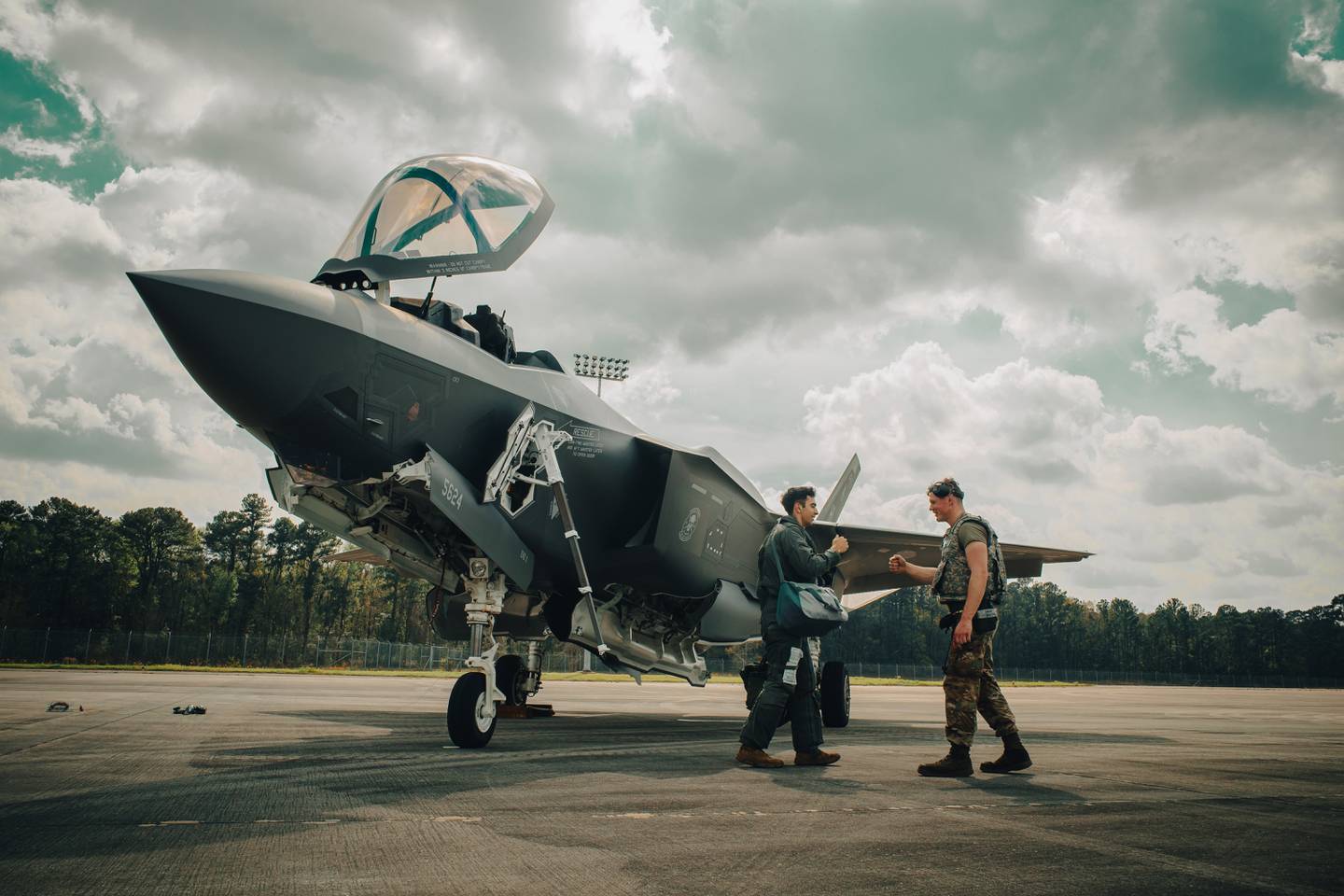
“We had built this fighting team to go forward, not fully knowing how many locations they would be at,” Bashore said. “We probably needed a little bit more personnel to be able to do distributed operations for multiple locations.”
Their pallet of spare parts was too bulky to easily move around the region, Andrle said. That spurred the wing to make its spares packages lighter and modular.
F-35 pilots told Air Force Times they’ve learned to refuel their own jets and inspect engines in a pinch as well. Agile operations have helped pilots think like crew chiefs to catch issues they may not have noticed before, said Lt. Col. Jesse Proctor, a pilot with the 4th Fighter Squadron.
Leaders here also praised the F-35′s connectivity with other NATO aircraft as a “huge win” for the alliance.
F-35 manufacturer Lockheed Martin has projected that NATO members will have stationed more than 400 of the jets across Europe by 2030. The aircraft is seen as the leader of any future fight in the region.
“No matter what your qualification is — wingman, flight lead, instructor — you will have fourth-gen instructor pilots and flight leads come up to you … to ask you questions about threats, tactics, how we’re going to integrate together,” said Capt. Josh Sturniolo, a pilot with the 4th Fighter Squadron. “They all look to us for the answer.”
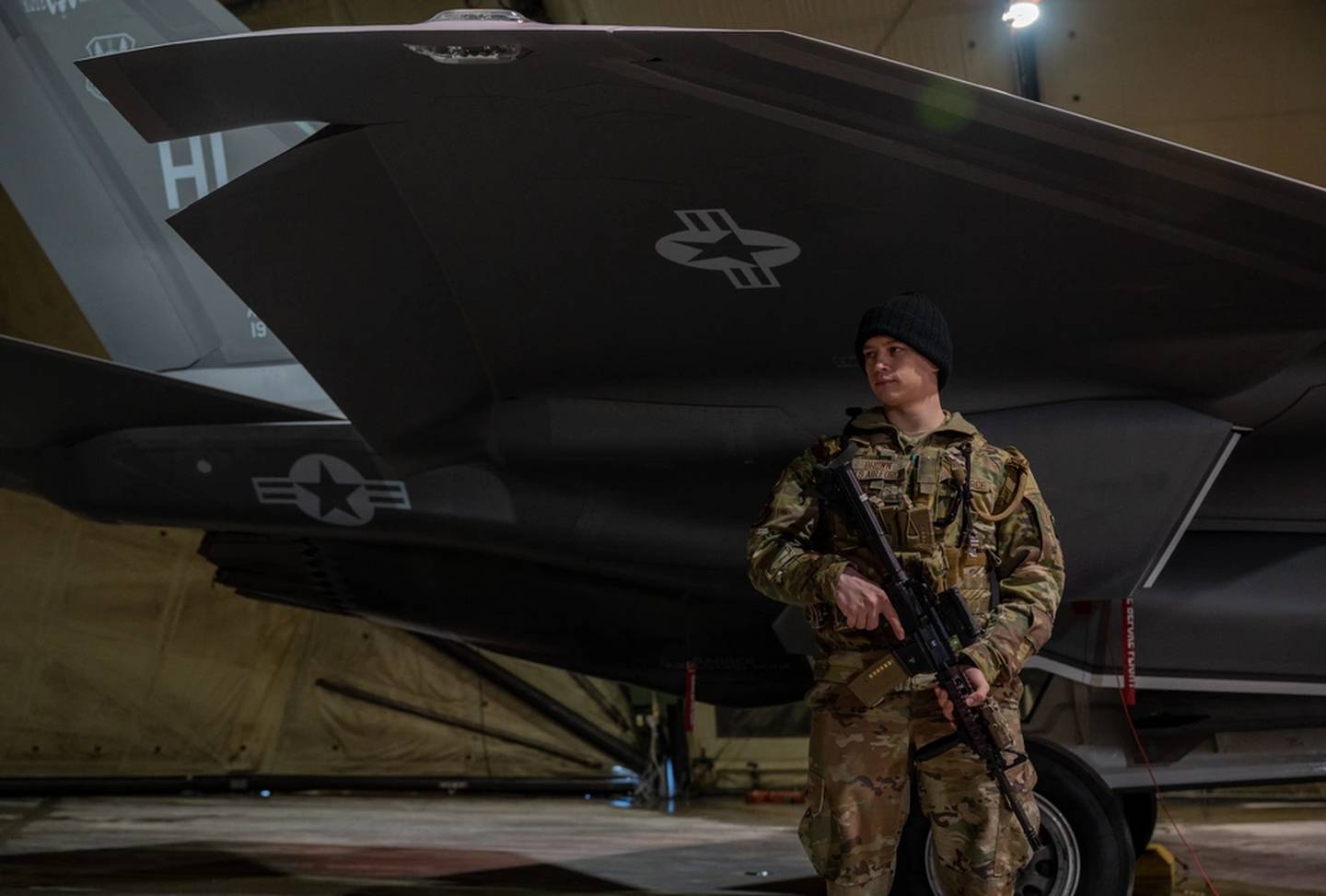
Looking ahead
The 388th’s status as the first operational F-35 wing has proven to be a double-edged sword: It was the first to deploy in the new airframe and has employed experts who have been with the program for years.
But it also helps other F-35 units stand up, and loses its most seasoned airmen to those efforts.
That means that while the wing is fully manned, its pilot corps is younger than it might like, Andrle said. Until the F-35 enterprise’s growth begins to slow — and unless the Air Force can retain more experienced aviators overall — Hill will continue giving away its pilots.
So far, that experience has been replaced by a generation of tech-savvy airmen who are eager to harness the Air Force’s so-called “flying supercomputer.”
“We’re learning new ways of operating with it,” Andrle said. “Having folks who don’t have the baggage from how we did it for the past 20 years is very beneficial to us.”
Pilots here advocated for new technology at the training ranges that better replicates the threats they might face in a fight with China or Russia. They also want more simulators, which they can use anytime and lets them practice moves they don’t want out in the open.
The European deployment drove home the importance of having access to flight and maintenance simulators anywhere in the world, Bashore said. That can help aircrews stay current on their skills, particularly in the advanced maneuvers they aren’t doing on air patrol missions.
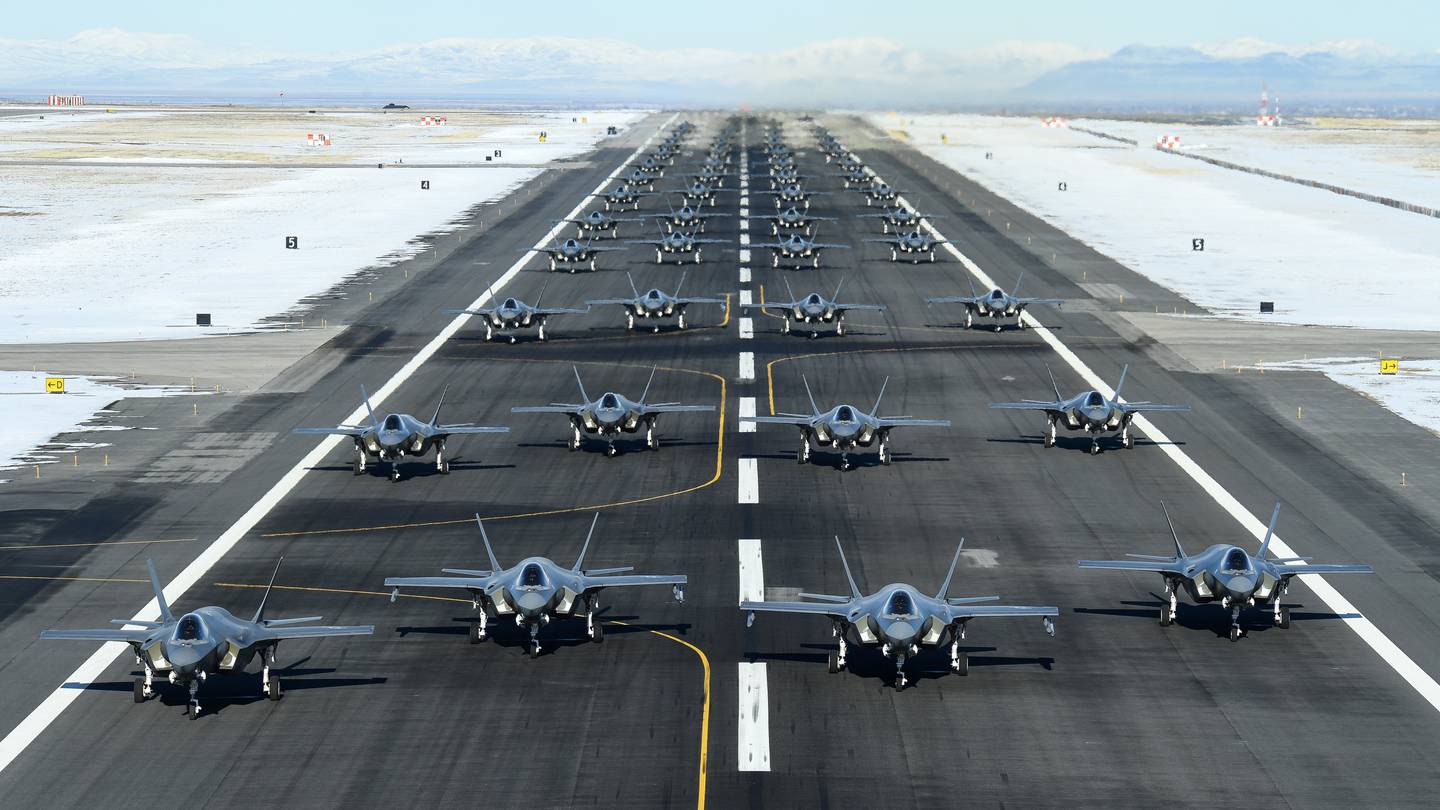
The wing also plans to update its aircraft with fixes designed to stop a potential engine vibration problem that caused an F-35B mishap in Fort Worth, Texas, in December. Andrle said the issue doesn’t affect any of the 388th’s jets.
Highest on the wing’s wish list are two hardware and software updates in the works at Lockheed Martin, known as Technology Refresh 3 and Block 4. TR-3 is slated to start delivering new capabilities this year, but Andrle doesn’t expect to see Block 4 for another five years.
Without those improvements, Andrle said, the F-35 can’t carry a slew of advanced cruise missiles and anti-air defense weapons.
“Slinging [Small Diameter Bombs] and shooting [Advanced Medium-Range Air-to-Air Missiles] … is not where we want to be in the next fight,” he said.
Rachel Cohen is the editor of Air Force Times. She joined the publication as its senior reporter in March 2021. Her work has appeared in the Washington Post, the Frederick News-Post (Md.), Air and Space Forces Magazine, Inside Defense, Inside Health Policy and elsewhere.
